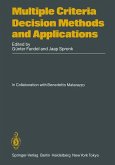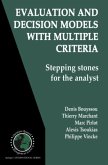The last decade has experienced major societal challenges at the intersection of technological systems and policy making. Prevalent examples are the liberalization of energy and telecommunications markets, the public aversion towards nuclear power plants, the development of high-speed trains, the debates about global warming and sustainability, the development of intelligent vehicle systems, and the controversies concerning the location of waste depositories, airports, and energy systems. These challenges, coupled with the call from industry for a systems-engineering oriented approach to policy analysis, motivated Delft University of Technology to launch the first European School of Systems Engineering, Policy Analysis. and Management (SEPA). The purpose was to educate engineering oriented policy analysts in bridging the gap between engineering systems and policy decision making processes, both for the public and private sector. Up to now, more than 500 first-year students and 30Ph.D. students have enrolled in the program. In 1993, I set up a class called Quantitative Methods for Problem Solving which had to address the most relevant issues in decision making for policy management, such as linear and non-linear optimization, multiattribute utility theory, multicriteria decision making, concepts from game theory, outranking relations, and probabilistic influence diagrams.








